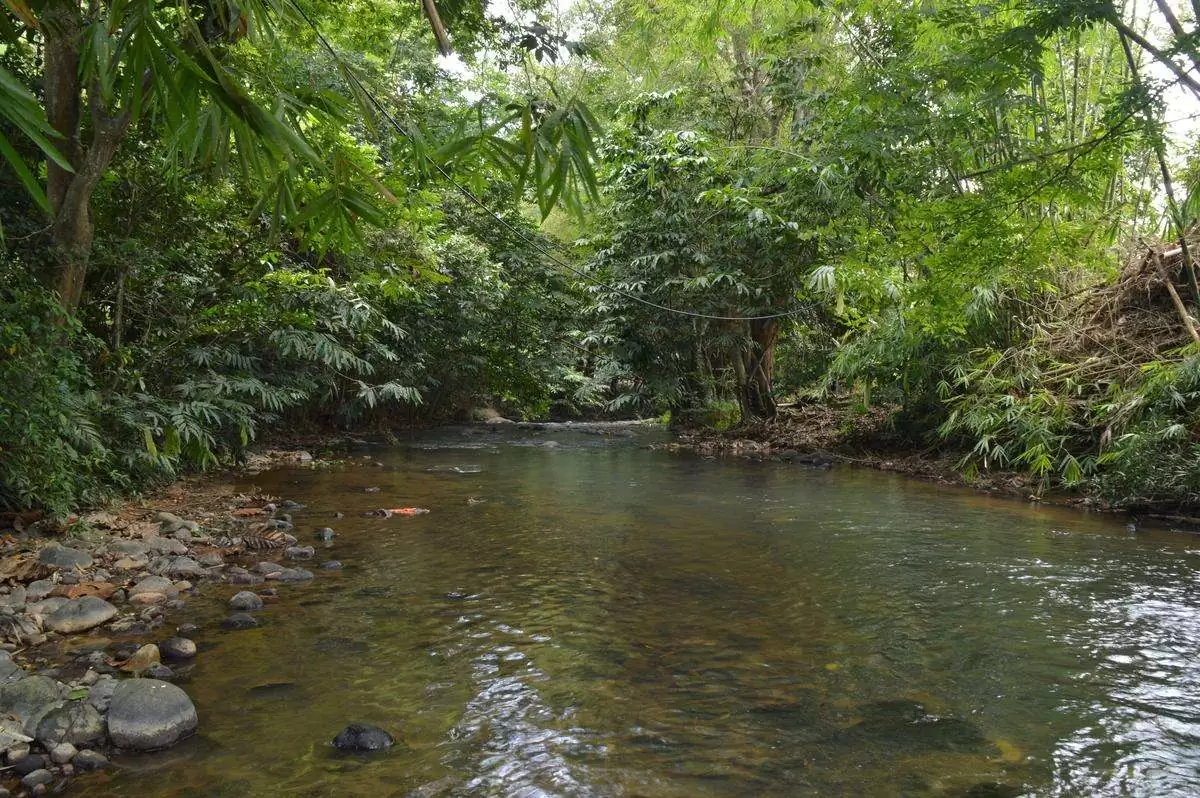

The Sundarban, a vast mangrove forest spanning the coastal regions of Bangladesh and India, has long captivated the imagination of travelers and nature enthusiasts. With its unique ecosystem, diverse wildlife, and stunning landscapes, it’s no wonder that many ask, “Is Sundarban safe for tourists?” This question is crucial for those planning to explore this UNESCO World Heritage site.
Sundarban’s beauty is unparalleled, boasting a complex network of tidal waterways, mudflats, and small islands. Home to the famous Bengal tiger, it offers visitors a chance to witness nature in its rawest form. However, this wild beauty also brings potential risks that tourists must consider.
To truly appreciate the safety considerations in Sundarban, it’s essential to understand its unique ecosystem:
Mangrove Forest: The largest contiguous mangrove forest in the world
Tidal Influence: Water levels change dramatically with tides
Diverse Wildlife: Home to Bengal tigers, saltwater crocodiles, and various bird species
Challenging Terrain: Mudflats, narrow waterways, and dense vegetation
This complex environment creates both the allure and the potential dangers of Sundarban. Tourists must respect this delicate balance to ensure their safety and the preservation of the ecosystem.
The authorities responsible for Sundarban have implemented several safety measures to protect tourists:
Mandatory Guides: All tours must be accompanied by trained local guides
Designated Tourist Zones: Specific areas are marked for tourist activities
Emergency Communication Systems: Boats are equipped with radios for emergencies
Regular Patrols: Forest department officials conduct regular patrols
Safety Briefings: Tourists receive comprehensive safety instructions before tours
These measures significantly reduce risks, making Sundarban generally safe for responsible tourists.
While safety measures are in place, tourists should be aware of potential risks:
Wildlife Encounters:
Risk: Unexpected encounters with tigers or crocodiles
Mitigation: Stay in designated areas and follow guide instructions
Tidal Changes:
Risk: Getting stranded due to sudden tidal changes
Mitigation: Adhere to tour schedules and never explore alone
Weather Conditions:
Risk: Storms or cyclones, especially during monsoon season
Mitigation: Visit during the dry season (October to March)
Boat Accidents:
Risk: Collisions or capsizing in narrow waterways
Mitigation: Choose reputable tour operators with well-maintained boats
Health Concerns:
Risk: Insect-borne diseases or heatstroke
Mitigation: Use insect repellent, stay hydrated, and carry basic medical supplies
By being aware of these risks and following mitigation strategies, tourists can significantly enhance their safety in Sundarban.
To ensure a safe and enjoyable visit to Sundarban, follow these best practices:
Book tours through reputable operators
Always listen to your guide’s instructions
Stay within designated tourist areas
Wear appropriate clothing and footwear
Carry sufficient water and snacks
Use insect repellent and sunscreen
Avoid loud noises or sudden movements
Do not feed or approach wildlife
Carry a basic first-aid kit
Respect local customs and the environment
By adhering to these guidelines, you can minimize risks and maximize your Sundarban experience.
The timing of your visit can significantly impact both safety and enjoyment. Here’s a breakdown:
October to February: Ideal time with pleasant weather and lower risks
March to May: Hot and humid, but good for wildlife spotting
June to September: Monsoon season, higher risks due to weather conditions
For the safest experience, plan your visit during the dry season from October to February.
When considering safety in Sundarban, the choice between guided tours and independent travel is crucial:
Guided Tours:
Professional guides with local knowledge
Pre-planned itineraries focusing on safe areas
Emergency protocols in place
Group safety
Independent Travel:
Not recommended due to safety concerns
Lack of local expertise and emergency support
Higher risk of getting lost or encountering wildlife
For safety reasons, guided tours are strongly recommended and often mandatory in many parts of Sundarban.
Wildlife is a major draw for Sundarban tourists, but it’s important to have realistic expectations:
Bengal Tigers: Rare sightings, usually from a safe distance
Crocodiles: Often seen basking on mudflats
Birds: Abundant and easily observable
Deer and Monkeys: Common sightings in forested areas
Remember, Sundarban is not a zoo. Wildlife encounters are unpredictable, and maintaining a safe distance is crucial for both human and animal safety.
As you consider “Is Sundarban safe for tourists?”, it’s equally important to ask, “Are tourists safe for Sundarban?” Responsible tourism is key to preserving this unique ecosystem:
Follow “Leave No Trace” principles
Support eco-friendly tour operators
Respect wildlife and their habitats
Minimize plastic use
Educate yourself about conservation efforts
By practicing responsible tourism, you contribute to the long-term safety and preservation of Sundarban for future generations.
In conclusion, Sundarban can be safe for tourists who approach their visit responsibly. By choosing reputable tour operators, following safety guidelines, and respecting the environment, visitors can enjoy a safe and memorable experience in this unique ecosystem.
While risks exist, they are manageable with proper precautions. The allure of Sundarban – its stunning landscapes, diverse wildlife, and unique culture – makes it a destination worth exploring for those who prioritize safety and respect for nature.
Remember, your safety in Sundarban largely depends on your choices and behavior. By staying informed, prepared, and respectful, you can safely witness the wonders of this extraordinary mangrove forest.
Are you ready to plan your safe Sundarban adventure? Start by researching reputable tour operators and the best times to visit. Your journey into this magnificent ecosystem awaits!
Learn more about Sundarban conservation efforts


